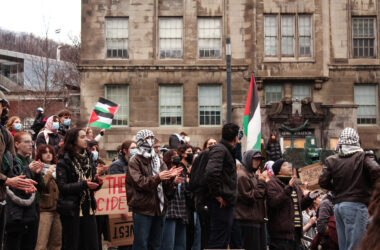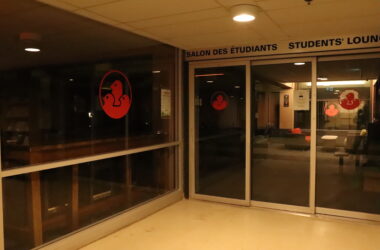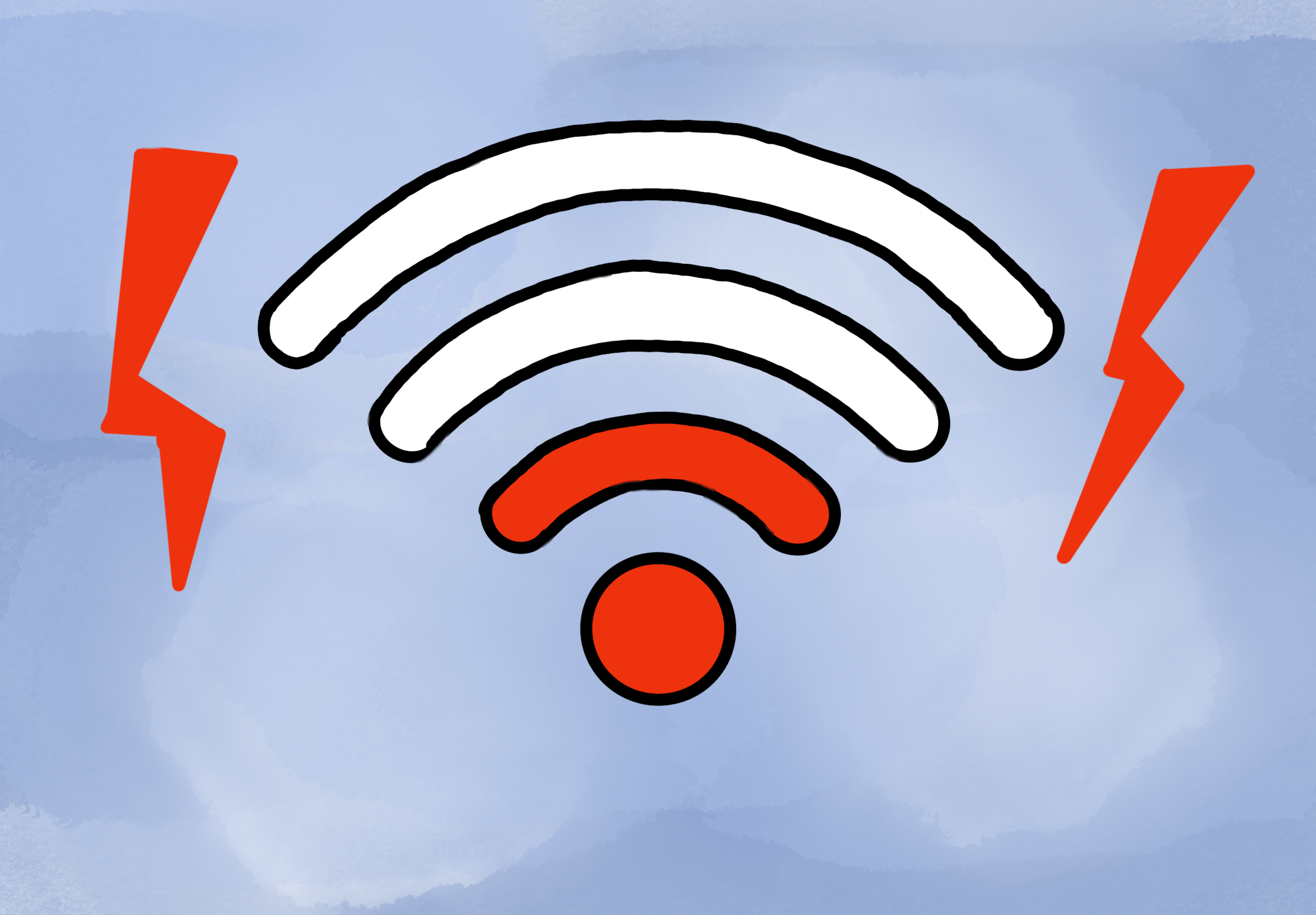CW: Mentions of infanticide, abuse, and rape
The Kanien’keha:ka Kahnistensera (Mohawk Mothers) submitted a letter of formal notice to the City of Montreal, Société québécoise des infrastructures (SQI), and the Government of Quebec on May 29 to request the termination of the sale of the Hôpital de la Miséricorde. Spurred by the homologation of the Mothers’ settlement agreement with McGill University over potential unmarked graves on the site of the New Vic project, an investigation has found the Hôpital de la Miséricorde to be one of many institutes culpable of abuse against young women and children. The Mothers seek to examine the hospital grounds prior to its sale to private investors, as they believe it may contain remains of infants.
In an interview with The Tribune, anthropologist and associate of the Mothers Philippe Blouin explained that these allegations are based on newly found hospital records. Lana Ponting, an MK ULTRA survivor, has been involved in the Mothers’ investigation into the abuse that allegedly took place on the site of the New Vic project. In her testimony, Ponting shared that she was sent to the Hôpital de la Miséricorde after being raped by psychiatrists at the Allan Memorial Institute—a psychiatric hospital formerly located on the plot of land that presently encompasses the New Vic project.
“It was like an automatic thing, direct transfers from the Allan Memorial to the [Hôpital de la Miséricorde],” Blouin said. “So [the hospital] seems to be part of that network.”
The hospital operated under a group of nuns called the Sisters of Miséricorde for over a hundred years before being shut down in the 1970s. In an interview with the Tribune, Mohawk Mother Kahentinetha explained that the hospital functioned as a birthing grounds, to which the Quebec government and municipal law enforcers sent unmarried young women.
“Nobody knows what happened to their babies. They were either declared as orphans, or they were adopted out or placed, or […] they did away with them,” Kahentinetha said.
Figures obtained by the Mothers show that the death rate of babies born at the hospital was 37.7 per cent. Furthermore, Blouin alleged that additional hospital records show that the nuns who worked on the site were often content with Indigenous infants passing away.
“When the babies died, [the nuns] were happy. They were thanking God for getting rid of that devilish baby,” Blouin said. “That’s really how they viewed Indigenous people [….] Those children born out of marriage, it was like blasphemy, and they had to be gotten rid of. The records show that they were happy to get rid of those babies.”
In an interview with the Tribune, Mohawk Mother Kwetiio expressed that institutions such as the Hôpital de la Miséricorde often tried to eliminate Indigenous children in attempts to eradicate any future clashes with Catholic institutes.
“In general, they were trying to get rid of native children, ‘unruly’ children. But they’re not unruly, it’s just that they were really, really smart,” Kwetiio said. “They didn’t want someone who’s going to promote or fight for the truth [….] They didn’t want the smart kids to do that, or form an alliance. They wanted religion to be mainly Catholic.”
With an increasing number of sites revealed as actors in the web of institutions responsible for the abuse and deaths of millions of Indigenous peoples, Kwetiio shared that the malicious intentions behind these institutions were always hushed.
“Straight across the board, [these institutions] were meant for deaths, to get rid of either unwed mothers that are Catholic or that aren’t the right religion, or Indigenous people having Indigenous babies. It was a big secret that was rampant everywhere,” Kwetiio said.
The secrecy of such events even permeated Indigenous communities, where members feared the repercussions of speaking out against Canadian institutions.
“I look back down at how my mother was brought up, under Kaianere’kó:wa,” Kwetiio said. “Yet, there were certain characteristics that she had inside her, thinking, ‘Shhhh. I’m not supposed to talk about that’ [….] It was because you’ll get in trouble, they’ll find out, they’ll come to your house, something will happen to you.”
The current owner of the Hôpital de la Miséricorde is the Integrated University Health and Social Services Center (CIUSSS), under the Government of Quebec. In response to the Mothers’ letter of formal notice, the SQI informed the Mothers that it could not respond to their requests as it does not own the building. Additionally, the City of Montreal expressed that while it is ready to collaborate with Indigenous groups in terms of learning more of the history of Montreal’s institutions, it does not hold any ownership of the property and therefore does not intend to comment further on the case. The CIUSSS did not respond to The Tribune’s requests for comment.
A few potential buyers have expressed interest in the property, including the Museum of the Miséricorde and Hervé Bertrand, the President of the Duplessis Orphans Organization. Bertrand hopes the building will be turned into an educational museum remembering the genocide of Indigenous peoples and the mistreatment of children in Quebec. In hopes of further education into the abuses that Indigenous peoples faced, Kahentinetha urges Canadians to do their own research into historical institutions that served as sites of injustice.
“How about these hundreds of other institutions that are here around you that did all these things? How about finding out more about them? You can’t expect four women […] to be doing all this by themselves,” Kahentinetha said.
A previous version of this article stated that Blouin claimed that private records showed that Ponting was raped by psychiatrists. In fact, rather than records containing this information, Ponting shared this anecdote in her testimony in court. The Tribune regrets this error.









